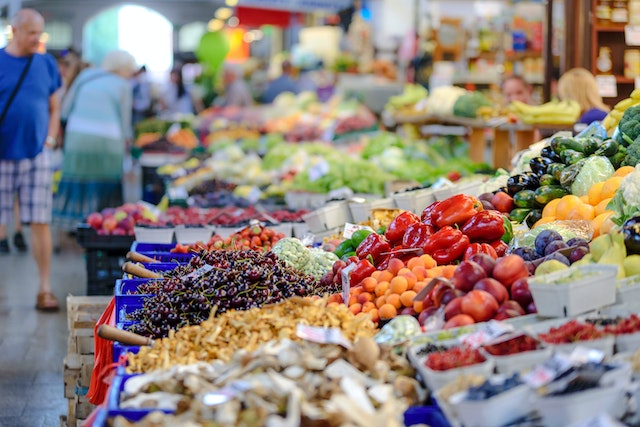Americans believe that food-at-home inflation is 24.3 percent, double the annual rate reported by the U.S. Bureau of Labor Statistics, according to the latest dunnhumby Consumer Trends Tracker report.
The report, for which 6,012 Americans were interviewed, also found that consumers estimate grocery retailers are earning a 35.2 percent net profit margin, 14 times higher than grocers’ actual net profit margin average of 2.5 percent.
Despite perceived inflation reaching a new high, customers are coping better compared to the report’s last wave: consumers who reported they would have difficulty covering an unexpected expense of $400 dropped from 64 percent in July 2022 to 60 percent in November 2022. In addition, 48 percent of consumers now report they are getting the kind of food they want to eat compared to 43 percent in the previous wave.
“In this latest wave of our CTT study, we found that retailers are in a precarious position with their brand perception, since customers are vastly over-estimating grocers’ store profit margins and inflation rates, while they themselves are battling food prices,” said Matt O’Grady, president of the Americas, dunnhumby, in a statement. “Retailers need to show they are empathetic to customers through their prices, their rewards/loyalty offers, and with messaging to best support shoppers during these challenging financial times.”
Customer sentiment is driven by inflation fears. When consumers were asked why customer sentiment is the lowest it has been in 50 years, they responded by a five to one margin that inflation was the cause, with COVID coming in a distant second. When asked about the 2023 outlook, only 22 percent of respondents predicted inflation and the state of the country will get better, the rest suggesting it would remain the same or get worse.
Younger shoppers are the most optimistic. For 2023, 31 percent of consumers aged 18-34 believe their finances and the state of the country will get better, compared to 13 percent of consumers over 65.
A key finding of the report suggests food insecurity remains a problem. Thirty-one percent of households reported they have skipped or reduced the size of a meal for financial reasons. Households with children at home are 8 percent more likely than adult-only households to have skipped or reduced meal sizes.
Most consumers continue to struggle financially, according to the report. The states with the highest rate of financial insecurity are Oregon, Oklahoma, Louisiana, and West Virginia; the states with the lowest rates of insecurity are Minnesota, Wisconsin, Maryland, and Delaware.
Related: Inflation Continues to Cool; Brick-and-Mortar Purchases Decline

